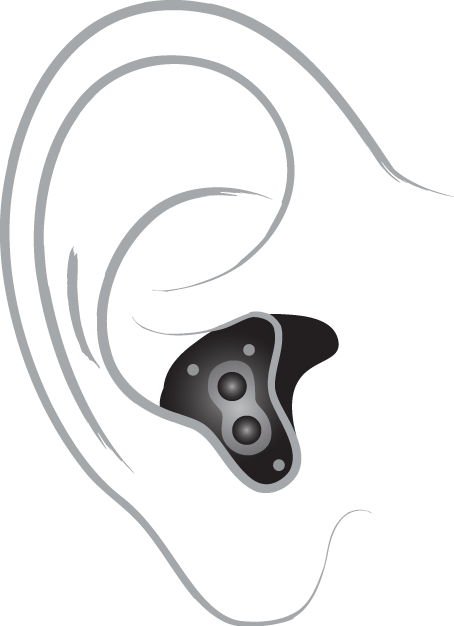Implantable Hearing Devices

About once a week, someone asks about implantable hearing devices. The answers are never simple; there are multiple devices available, and all of the manufacturers do some pretty heavy marketing. Let’s take a minute and cover the basics.
Cochlear Implant
Historically, the cochlear implant has been reserved for people whose hearing loss is so profound that every attempt at using a hearing aid has failed. It used to be the last-ditch effort at hearing. Recently, the FDA has approved partial implantation. This means that some of the better hearing in the implanted ear is preserved. The cochlear implant has an internal component (the little electrode that is placed in the inner ear) and an external component (the sound processor and transmitter).
Bone-Anchored Hearing Aid
Like the cochlear implant, the bone-anchored hearing aid also has an external and an internal component. In this case, the internal component is a small post that is surgically placed in the mastoid bone (the hard bone just behind your ear), and the external component is the sound processor that is attached to the post. A bone-anchored hearing aid is typically recommended for people with severe or profound hearing loss in one ear or people with chronic middle-ear problems.
Middle-Ear Implant
Finally, there are a couple of companies that have developed the middle-ear implant. This implant is exclusively for people with mild to moderate hearing loss and a perfectly healthy middle-ear system. As with the first two systems, the middle-ear implant also uses an external sound processor.
Each of these implantable devices requires a major commitment in terms of both time and money. Only your audiologist and an otolaryngologist can determine if you are a candidate for any of these systems. If you’re curious, ask your audiologist and she will be happy to help.
Stay Vibrant!

